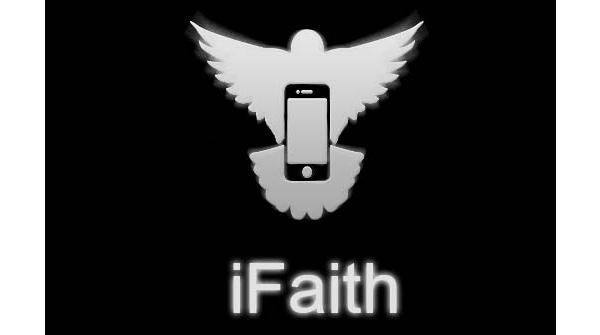Last Updated on August 10, 2022 by Mathew Diekhake
After giving the opportunity recently, tens of millions of iOS users, whether it be for iPhone, iPad or iPod touch, upgraded to the newer iOS 7 firmware. As always, not everybody was over the moon about the new addition and many wanted to go back, but that wasn’t the only reason either. If you own one of the older iPhone’s, such as the iPhone 4, the experience isn’t quite what it is for a newer version of the iPhone, such as the iPhone 5S. This can also lead to a higher percentage of users naturally wanted to revert backwards to the older firmware instead where it was more fluent for them to use.
Then came the news of Apple no longer letting folks downgrade. Technically, you could go back if you found a way, but be careful because the fruit company had stopped signing the older firmware, meaning users will no longer be able to use key features, such as iTunes and things of that nature. That remains the same today, however, if you want to go back and downgrade to the iOS 6, you can follow this procedure.

As much as I like the look of the newer iOS 7, I cannot deny that I have also fallen victim to several bugs that I did not experience in the older iOS 6. One of them can be found inside of the iMessages application where my keyboard disappears and I can no longer see the key names. It leaves me having to guess them to finish the conversation that I am having and then rebooting the iPhone up. It displays fixed, but it is not convenient if I am in the middle of an important texting conversation.
The other problem I have been left with as a springboard that randomly crashes. It is not a big deal because after a brief warning message it reloads and everything is fine. Still, it is a worry to see it happening.
I just gave you a small sample size of my own personal experiences that may lead you to ant to downgrade. If you do then check after the jump for the complete process in getting it done.
The only way to do this is by using iFaith. This requires a jailbreak to use it.
Prerequisites:
- Always do a full backup of your iPhone data by connecting it to your iTunes account. Make sure you have downloaded the latest version of iTunes. Once your model iPhone appears inside the iTunes account on the main screen is an option File > Devices > Back up. If you are using iCloud you can also back up using iCloud instead. Do this by navigating to Tap Settings > iCloud > Storage & Backup.
- Turn off or uninstall any antivirus that is running on your iPhone, iPad or iPod touch because they can interfere with the process. Make sure you remember to turn it back on again after you finish. If you uninstalled it will need a download again. Apple is vulnerable to virus threats just like any other operating system is. However, it is unlikely to be hit with a trojan horse. With that being said, many people like to install antivirus to look after their devices just to be safe. If you aren’t using any then you can skip this step.
- This guide was created for educational purposes only. The Mobicuppa team cannot be held liable or responsible for any damages that may have happened during the following of this guide. Proceed at your own risk.
- Make sure that the battery of the Apple device is at least 85% in power. This will help keep us out of danger with it shutting off during the guide.
How To Downgrade iOS 7 to iOS 6.1.3/6.1.4
1. Download iTunes 11.0.5 or less. That means the new iTunes isn’t compatible. What if I had already upgraded? You can uninstall and re-install the older version instead.
The latest revamped iTunes 11.1 brought in some big changes in not only the appearance, but also the structure of the software. Along with it, unfortunately for some, Apple decided to get rid of the ability to restore the custom firmware from it. But if we go back to the older version, then we can still do this without any hassles.
2. Download the latest updated version of iFaith here.
3. Download the iOS 6 firmware you want to downgrade to such as the iOS 6.1.3 or 6.1.2.
You will need to have SHSH blobs for the version you plan on using.
4. Load the iFaith software and open it up.
5. From the first screen you want to click the top left option called Build “*signed* IPSW w / Blobs.
Wait for it to finish building the new firmware file.
6. From the SHSH load the standard firmware file you downloaded during the third step.
Wait for iFaith to create the custom IPSW from here.
The tool will now present some extra instructions for you to follow. These will pop up on the screen in front of you. It should direct you to achieving the PWNED DFU state.
Troubleshooting:
– Restoring the iPhone is the easiest way out of trouble in most cases. To do this successfully, it will need to restore to factory settings. This will also give you the latest iOS firmware. Today that firmware is iOS 7.0.2. Remember, once it finishes restoring your iPhone will have nothing left on it. It will look like it was when you first took it out of the box. However, because you backed up the device earlier from out prerequisites list, you can now restore all the old data back on the handset.
